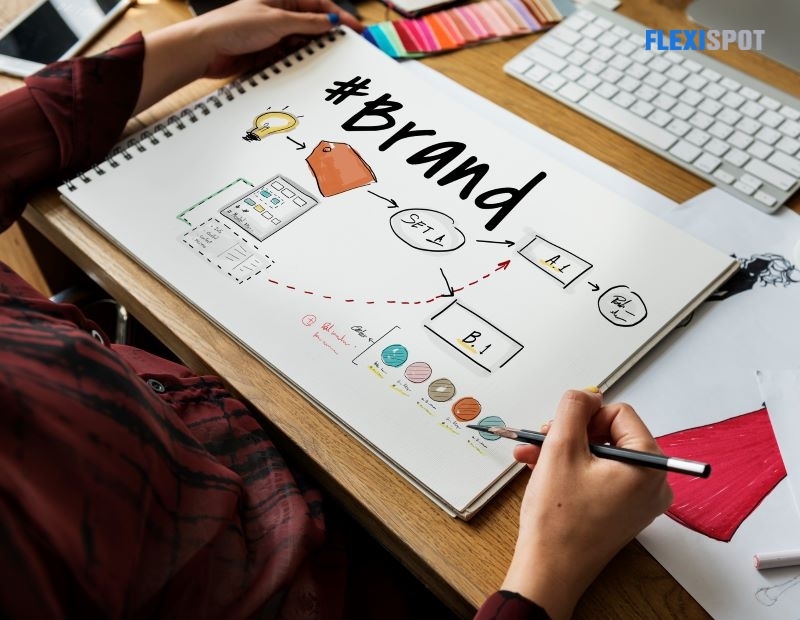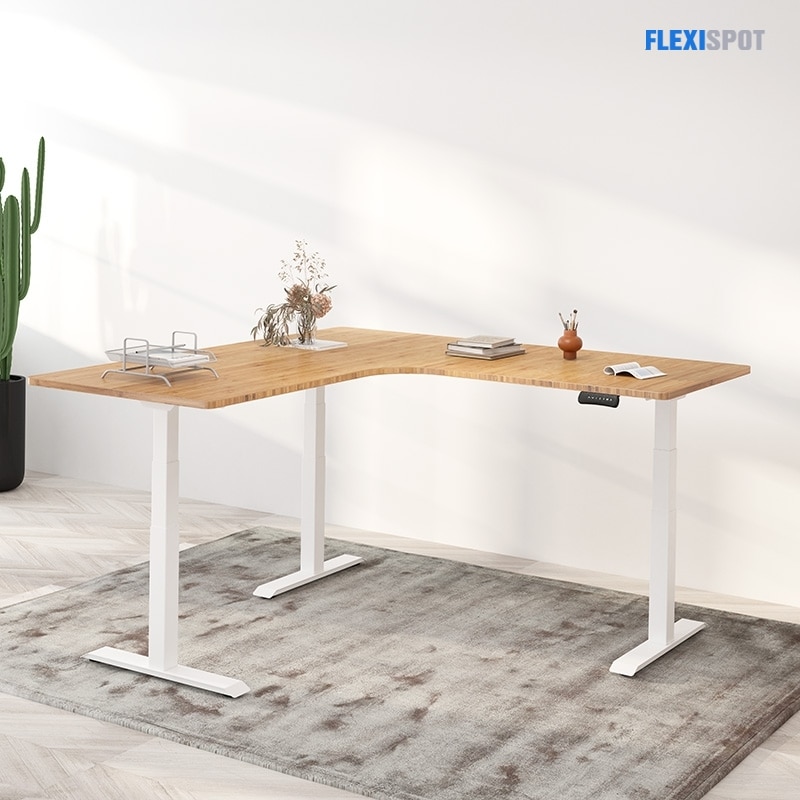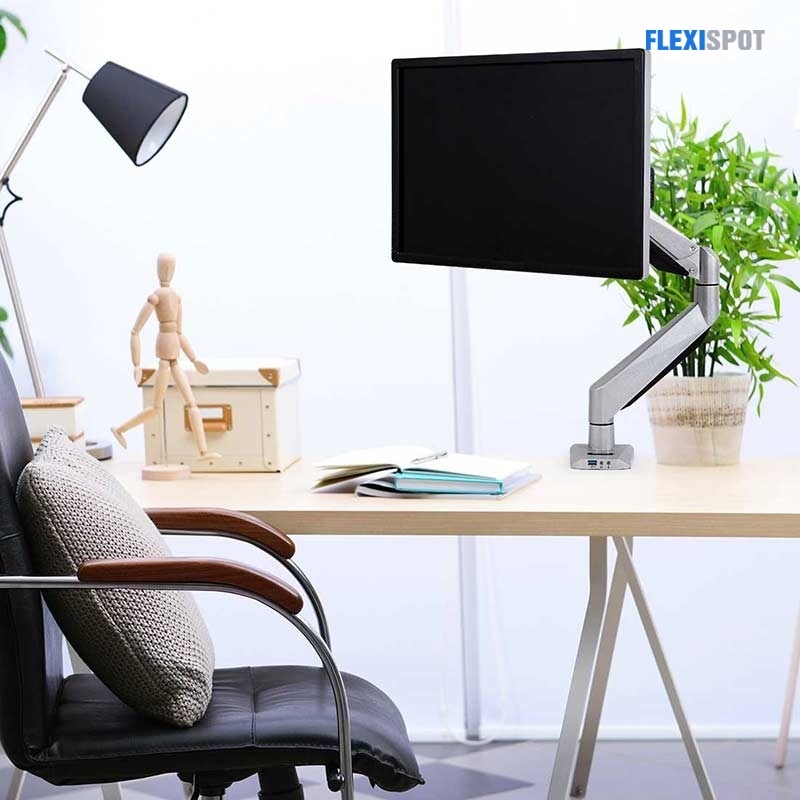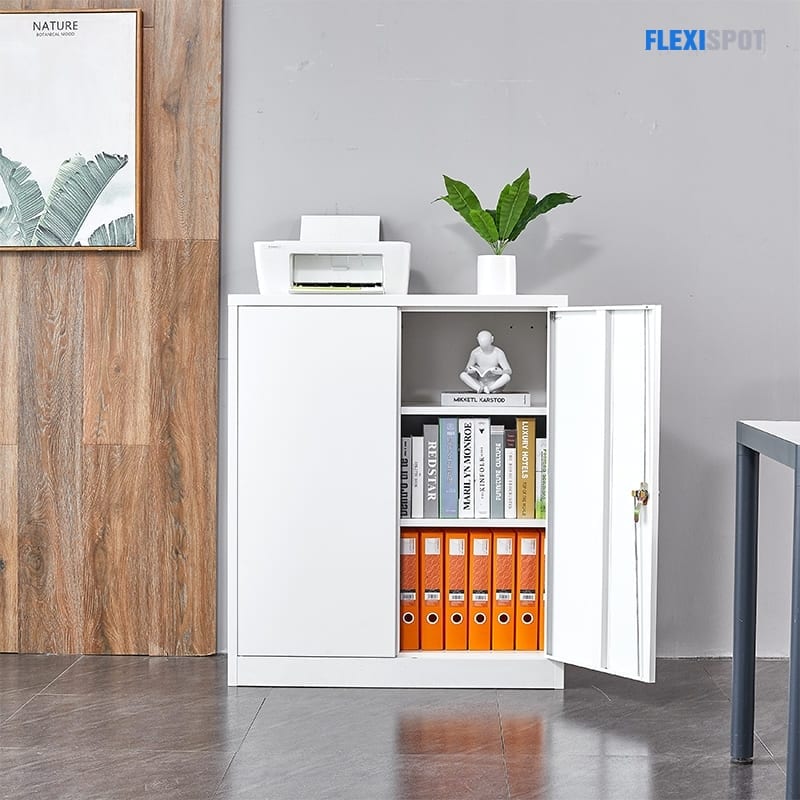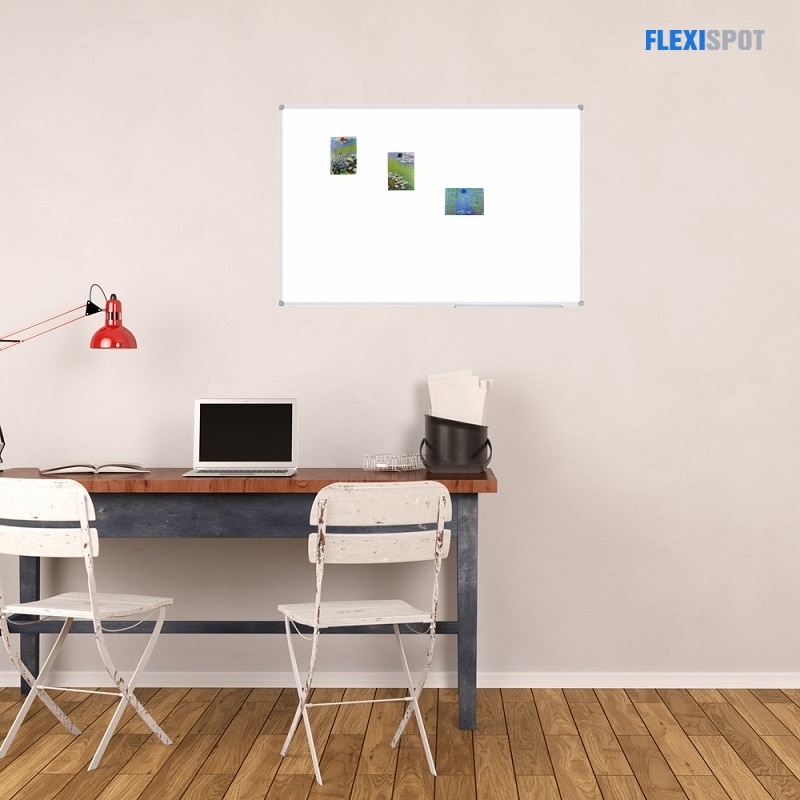You’ve done the long and tedious legwork of understanding your market, hunting for an ethical supplier and manufacturer, or sewing your designs from scratch. Now it’s time to stamp it as your own and make a brand.
Establishing a brand uses a different skill set from creating designs. This is where your business acumen and marketing prowess kick in and predict in part the profitability of your design. Below are the steps required to make your business official.
1. Create brand guidelines and a logo.
Choose a catchy brand name that is unique and definitive of your brand. You’d want to catch people’s attention while also not leaving them confused about what your brand is. Don’t rush. Conceptualizing a brand name is no easy task, and it will play a big part in the success of your brand. Plus you need to check if there's no existing business name in your industry that’s exactly the same as yours. You may want to trademark the name to ensure your ownership of it.
To make a strong statement, your brand must have a distinct look. Dedicate time for the design process of your logo. You may opt to hire a professional; just make sure to clearly communicate what you want while also being open to giving them the creative freedom to interpret your concept.
Next is to create design guidelines to standardize the font style and color palette of your marketing materials across all boards. This may help your clients associate your brand with a certain look. When people remember your brand, give yourself a shoulder tap because you are doing something right.
2. Register your business.
Not skipping the paperwork from the get-go would save you lots of time in the future and will also build credibility for your brand.
Register your business under any of these structures: sole proprietorship, partnership, limited liability corporation (LLC), and C-Corp. Then, check the IRS if your business needs an Employer Identification Number (EIN). This will act as your business’ Social Security number for tax filing and other important documents.
Look into filing a DBA (“doing business as”) name if you are a sole proprietorship or a partnership that is operating under a name that’s not on your birth certificate. Registration also varies from state to state so make sure you check off all the necessary federal registrations in your area.
3. Develop your platform.
Nowadays, it’s easier to get your clothing line out there when you have access to the Internet. There’s no more need to put up a brick and mortar store and you can easily set up shop online.
The first step is to buy your own domain. When deciding on a brand name, you’d want to check if the domain for it is available to use for your site. You may check if your domain is available at GoDaddy.com or Domain.com. The former charges $2.99 a month for the first year and $7.99 after.
The next step is to develop the design, management, and dedicate trusty servers for the site. If you know how to code, by all means, go ahead and do it yourself. But it might be better to use your time in production and hire a professional team instead of for the website development as this will also take a chunk of your hours. Send the brand guidelines and communicate what you want in detail to avoid the endless back and forth. The general rule of thumb is to make the site easy to the eyes, quick to navigate and has a reliable customer service bot.
4. Open business bank accounts.
Separate your personal savings from your business money by opening a bank account. This makes it easier for you to monitor if your business is cash positive. You may use this account to accept payments, pay people their salaries, and spend for your brand.
5. Market your brand.
Getting the word out there is easier in the sense that anyone who has an Internet connection can create a social media account. Scaling it up is a different story. Since it’s easily accessible, it can be argued that the market is saturated and the competition tight for small businesses to be noticed, especially in an industry like fashion where brands quickly come and go. As Heidi Klum would say in Project Runway, “One day you’re in, and the next day you’re out. This is why brand recall matters; only the smartest and the toughest survive.
Diversify and don’t put all your eggs in one basket. Go for paid advertising---maximizing Google Ads, Facebook Ads, and Instagram Sponsored Ads. Send your product to content creators. Wear your clothes yourself and suggest ways to style them.
Packaging is also a big part of marketing with sustainable advocates and entrepreneurs being also conscious of the package their goodie arrives wrapped in. As a sustainable brand, stick with your ethos and lessen plastic consumption as much as you can and use reusable and/or biodegradable materials for your packaging. Honeycomb wrappers have become trendy in replacing the usual bubble wrap. When delivering your items to your customers, consider batch delivery per area to lessen your carbon footprint.
6. Manage inventory.
One way to practice sustainability is to keep your inventory at a minimum. Do not overproduce. If there is overstock, upcycle instead of mindlessly throwing away the non-moving inventory.
Let your market tell you how much you should produce. Know which products sell like hotcakes and which don’t. Once you know this statistic, act accordingly.
Setting Up the Work Area at Home
Marketing the brand is no walk in the park. This is the second and equally important part of the job to make your sustainable brand successful. Your workspace at home must not only have enough room for sewing designs, but it must also leave an area for planning sales and marketing ideas, taking photos for campaigns and catalogs, and storing inventory. Here are some essentials from Flexispot for the marketing process:
1. L-shaped Standing desk E4L
A standing desk with an L-shaped desktop that can carry up to 330 lbs. It comes with a premium keypad for height adjustments and a triple motor system to ensure stability at any given height.
2. Single Monitor Mount D7L
A monitor mount arm that can be installed in less than five minutes. It can be rotated up to 360° and extended forward up to 23.5 inches and upward by 21 inches.
3. Metal Steel Storage Cabinet 517 / Metal Storage Cabinet 001
A new storage solution with a three-point locking system and adjustable shelves. The 517 is sold in white while the 001 is sold in black. Each shelf of the 517 can hold 180 lbs while each of the five shelves of the 001 holds 130 lbs.
4. Magnetic Dry Erase Board / Corkboard
These boards can be quickly mounted to the wall for writing down to-do lists and pinning creative inspirations and sketches. Both are spacious with 36 x 24-inch dimensions.
Final Thoughts
Greenwashing has become more apparent these days. Since sustainability has been at the forefront of fashion movements, many are shifting to a more ethical and eco-friendly wardrobe. Fashion businesses are listening to the market and are branding their shops as “sustainable,” even though their carbon footprint is actually greater than their environmental efforts.
It will show in one detail or another if you’re just using sustainability as a marketing ploy. If you want to be successful in this space, be genuine and do it primarily for advocacy.
The planet’s dying and with fashion as one of the five worst pollutants in the world, we have to do our part to change the way it’s practiced and consumed. Pay the true cost. Value our clothes more, the people who create them, and the environment they come from.
